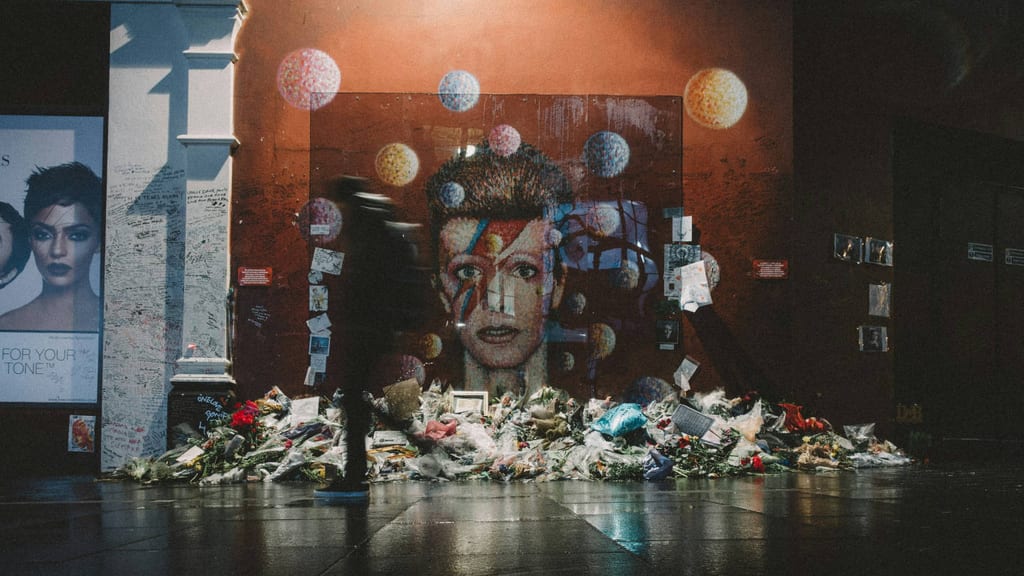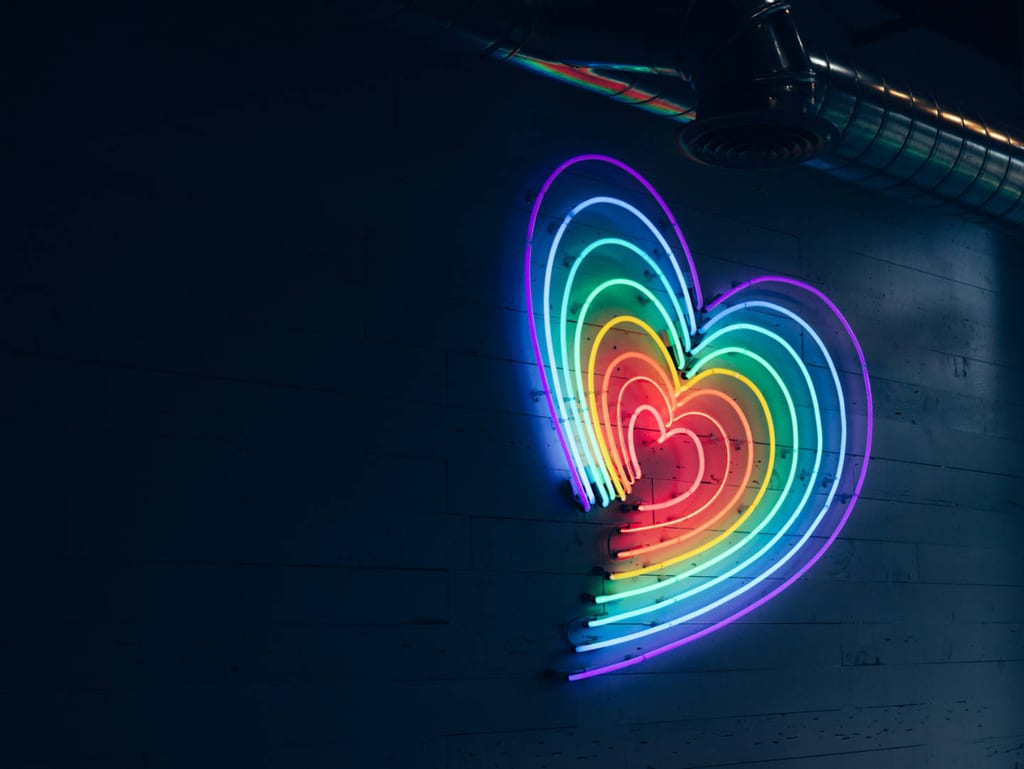INFORMATIONAL
Pride Month and LGBTQIA+ Representation in Music

Billie Eilish. Phoebe Bridgers. Reneé Rapp.
These are some of the most influential people in the music industry today who identify within the LGBTQIA+ community. Talented and successful, they are free to express who they are, connecting with their audiences who may be just like them. Despite some of the hardships people in the LGBTQIA+ community still experience today, during Pride Month, the month of June, we recognize those who have fought for years to gain acceptance from others.
In 1999, Bill Clinton declared June to be “Gay and Lesbian Pride Month,” honoring the anniversary of the Stonewall LGBTQIA+ rights movement in 1969. During this month, we celebrate those who identify as LGBTQIA+, commemorating the hardships they’ve endured while fighting for equal justice. Music, in particular, has played an integral role in creating a space for LGBTQIA+ people to express themselves, which can be traced throughout history.
A Brief History
The history of the LGBTQIA+ community in the music business dates back years, as does the discrimination against them. The idea of same-sex relationships and trans people was and is considered taboo to many. Still, those in the community had to do what they could to be successful.
It wasn’t until early examples of blues, such as with Bessie Smith and Ma Rainey, that LGBTQIA+ music was unapologetically produced. In 1925, Ma Rainey was arrested for having a “lesbian party” in her home by the Chicago police. Bessie Smith (who was also bisexual) bailed Ma Rainey out of jail the next day. Responding to the gossip surrounding her sexuality, Ma Rainey released “Prove It On Me Blues” in 1928. She was flamboyant and outwardly bisexual, which she expressed throughout her career. Ma Rainey set an example for others to express their sexuality in their music, which others took part in.
Another black, queer artist who expressed their identity through music was Little Richard. As one of the most influential characters in the advancement of rock and roll, his otherwise sexual song “Tutti Fruitti” makes references to homosexuality with its release in 1957. The rise of rock incurred a moral panic among many Americans. Despite the backlash Little Richard received through both racial discrimination and against his sexual orientation, he proved to be immensely successful. Artists such as The Beatles covered Richard’s songs for years. As rock and roll rose throughout the 50s, so did the works of these integral queer artists of color.
Moving further into the 70s, however, the androgyny undertone of “glam rock,” exhibited by the artist David Bowie, provided the LGBTQIA+ community a platform for open self-expression, making the genre a sanctuary for LGBTQIA+ artists. The era was full of men sporting flamboyant outfits, makeup, and dances alongside their suggestive music. The Stonewall Riots in 1969 brought out a political radicalization, which followed a radical way of expression. Freddie Mercury (Queen,) Elton John, and others participated in this newfound expression despite some discrimination from the public. When house and electronic music emerged, it implanted a large nightlife scene, giving the queer community another outlet to be themselves—gay and black nightclubs formed as a means of creating a safe space for identity exploration.

Into the 80s and 90s, disco experienced a pushback against heavier genres of new wave and modern rock. While artists such as Queen, with their famous song “I Want to Break Free” and R.E.M, still pushed forward, the disco era of the 70s leaned towards the backburner of popular music. Moreover, most artists up until this point, with some exceptions, were males expressing their sexual identities through their music and performances. It wasn’t truly until the new subgenre Riot Grrrl, among other heavier genres, found women in the rock scene– exhibiting feminism and queer liberation. Bikini Kill, in particular, pioneered this movement in the 90s, setting up future feminist endeavors among artists.
Fast forward to the 21st century, pro-LGBTQIA+ laws helped condemn homophobia within society, allowing artists greater freedom to express themselves. Lady Gaga, Janelle Monae, Frank Ocean, and so many other artists in the present day have shown their ability to express their identity through their music and outside of it. Whether this be at Pride parades, which may be used as an avenue for queer music representation, or simply in creating their music today, freedom of expression has never been greater.
Individual Support

Even with significant progress over the years, much work still needs to be done. As a community, it’s important to advocate for LGBTQIA+ artists, not only during Pride Month but every day. So, celebrate your queer friends and acknowledge the troubles they’ve endured. Listen to and share their music, go to their live events, advocate for them on social media, and educate others. Once you do that, we can continue moving towards a better future for the entire LGBTQIA+ community.
Happy Pride Month!
